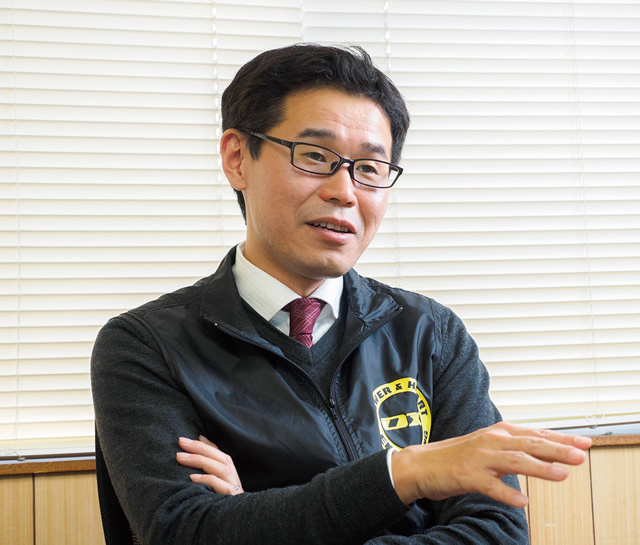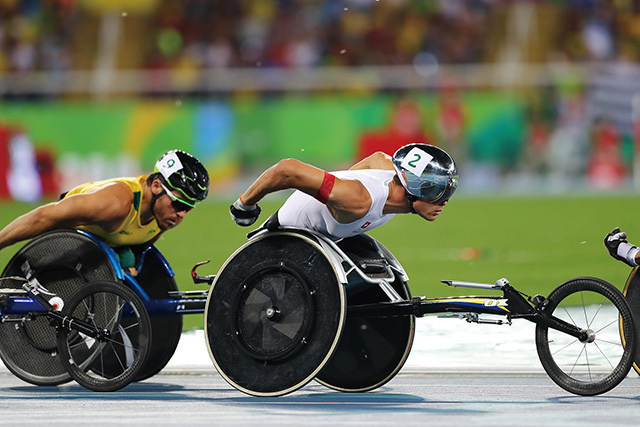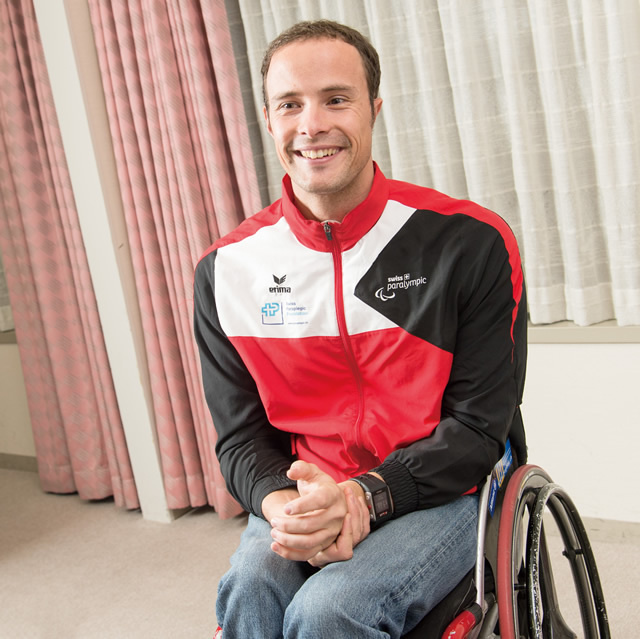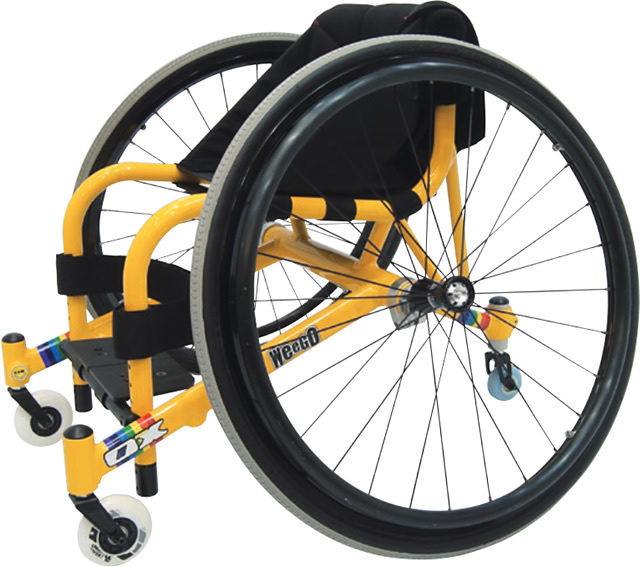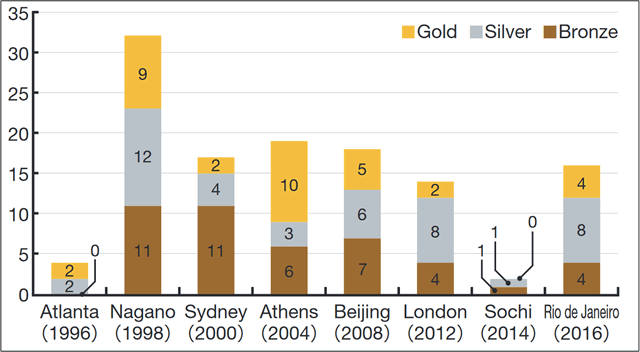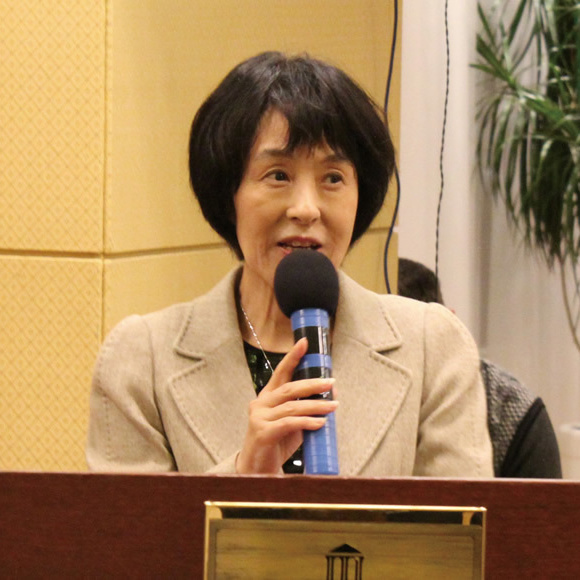Katsuyuki Ishii
Born in 1980 in Chiba Prefecture. His hobby is bicycling. Joined OX Engineering in April 2002, serving in posts including head of wheelchair sales in company-operated stores in Japan. Became a director of OX Engineering in 2012 and succeeded his father, the company founder, as president in January 2013.
With the approach of the Tokyo 2020 Olympic and Paralympic Games, sports for people with disabilities are gaining a higher profile. Wheelchairs are essential equipment for athletes in Paralympic events such as tennis and racing, and they can have a major effect on outcomes. Japanese wheelchair manufacturer OX Engineering has been supporting para-athletes for more than 20 years with wheelchairs designed for use in competition.
OX started producing and selling wheelchairs in 1992. The company’s founder, who initially operated a motorcycle dealership, was himself a motorcycle racer skilled at modifying regular bikes for use in competition. He launched this wheelchair business after an accident in a test run left him disabled. The current president of OX is his son, Katsuyuki Ishii, who explains: “My father was a technician who loved challenges, and for many years he made motorcycles with design and performance tailored to customers’ demands. When developing wheelchairs, he sought to make the best, something that he would want to use himself. He worked hard to achieve a sporty appearance, light weight, toughness, and a good sense of fit for the individual. This approach underlies OX’s manufacturing.”
OX first supported para-athletes at the 1996 Atlanta Paralympics. The company continued working together with para-athletes in making steady improvements, and eventually its products began to be called “wheelchairs for victory.” Ishii says, “The demands of top athletes are very difficult to meet, requiring adjustments in units of millimeters and grams, and frankly the work is time-consuming and costly. But we feel their passion for competition and are strongly determined to provide equipment that will let them tap their abilities with enthusiasm. We want to make it so that those with disabilities can enjoy sports the same as other people. That’s the mind-set we take in developing sports wheelchairs.” These efforts have borne fruit, and OX-supported athletes from Japan and other countries have won a total of 122 medals—34 gold, 44 silver, and 44 bronze—in the eight summer and winter Paralympics since Atlanta.
The declining population and aging of competitors are issues today in the world of para sports. OX has developed sports wheelchairs for children as one part of its efforts to cultivate the younger generation of para-athletes. “We hope as many children as possible will come into contact with wheelchair sports and learn to enjoy competition, leading to the emergence of new para-athletes to represent Japan in the future,” declares Ishii. “Heading toward the Tokyo 2020 Paralympic Games, we are eager to do everything we can to support these athletes.”


























